If you love the idea of a perennial favorite popping up every single year in your early spring garden, you'll LOVE growing your own Rhubarb. Here is a list of the BEST Rhubarb companion plants, as well as some great uses for its naturally insect repellent leaves!
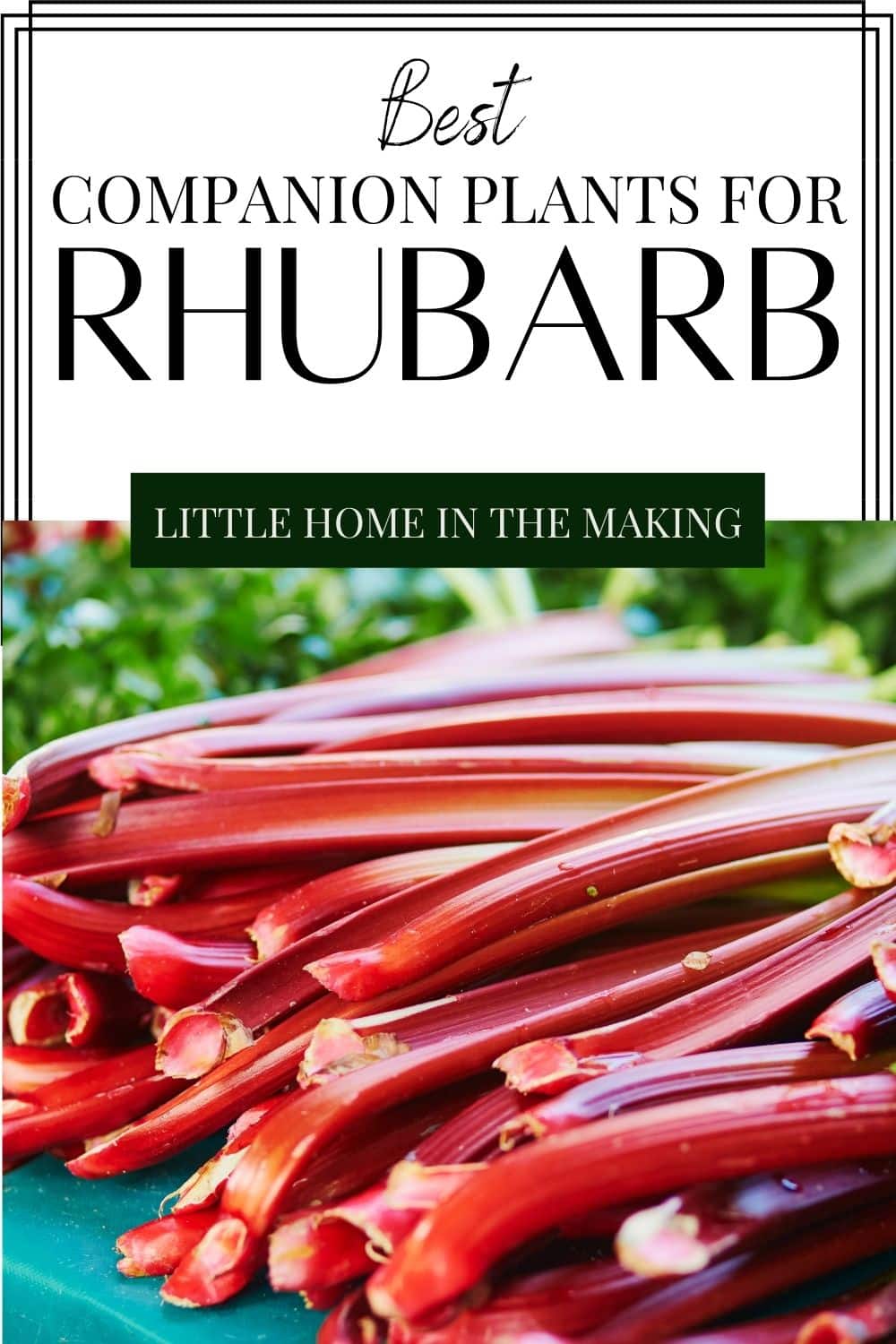
Please note that some of my blog posts here at Little Home in the Making may contain affiliate links. If you make a purchase through these links, I will get a small commission at no additional cost to you. Please see my Disclaimer for more information.
If you've been gardening for even just one season, chances are you've heard all about companion planting! If you're really serious about gardening, you know just how beneficial it can be in getting the best possible harvests and natural protection for your precious crops.
Rhubarb is a common addition to a Potager or kitchen style garden. It's a favorite because of it's hardiness, early harvest, and low maintenance growing style. But rhubarb is a powerhouse in the garden! It's oxalic acid rich leaves offer many protections for the most vulnerable vegetable crops, and so I believe it should be a staple in every garden! Read on for all that rhubarb has to offer, and the BEST companion plants for this important perennial crop.
Best Rhubarb Companion Plants
When it comes to the best companion plants for rhubarb, you may be surprised to learn that rhubarb needs very little help from its neighbors in the garden to grow and thrive. But rhubarb does have some protective properties that will help other plants in the garden thrive, as well as a natural garden remedy that is made by boiling the leaves of the rhubarb plant. It is well known that Rhubarb gets along particularly well with the Brassica family, and so you will see many members of the family in this list of rhubarb companion plants.
Best for Planting with Rhubarb
- Cabbage
- Broccoli
- Cauliflower
- Brussels sprouts
- Collard greens
- Kohlrabi
- Kale
- Beans: the presence of rhubarb protects against black fly aphids, and rhubarb (a heavy feeder) benefits from the nitrogen that the legume family contributes to the overall soil health of the garden bed.
- Columbine (Aquilegia): Rhubarb protects Columbine from red spiders, which is a pest that commonly afflicts them.
- Roses: A strongly brewed tea from the leaves of the rhubarb plant helps defend against greenfly and black spot.
- Strawberries: Since there are both perennial features in the home garden, they are perfect to maintain together in the perennial or potager section of your garden.
- Asparagus: Another early spring perennial, asparagus plants require similar growing conditions.
Plants to Avoid
- Sunflowers

Rhubarb Varieties
While there are many varieties of rhubarb, they are all either Rheum rhabarbarum or Rheum rhaponticum which means they all share similar growing conditions and characteristics. Some rhubarb cultivars have green stalks, some pink, and some deep red. This is all through a process of selection over the years, and so there is a great variety of various rhubarb cultivars to bring into your home garden.
Here is a list of the most popular rhubarb varieties:
- Victoria
- Canada Red
- McDonald's Canadian Red
- Cherry Red
- Crimson Red
- Colorado Red
- German Wine
- Glaskin's Perpetual
- Riverside Giant
- Holstein's Bloodred
- Sunrise
- The Sutton
- Turkish
- Prince Albert
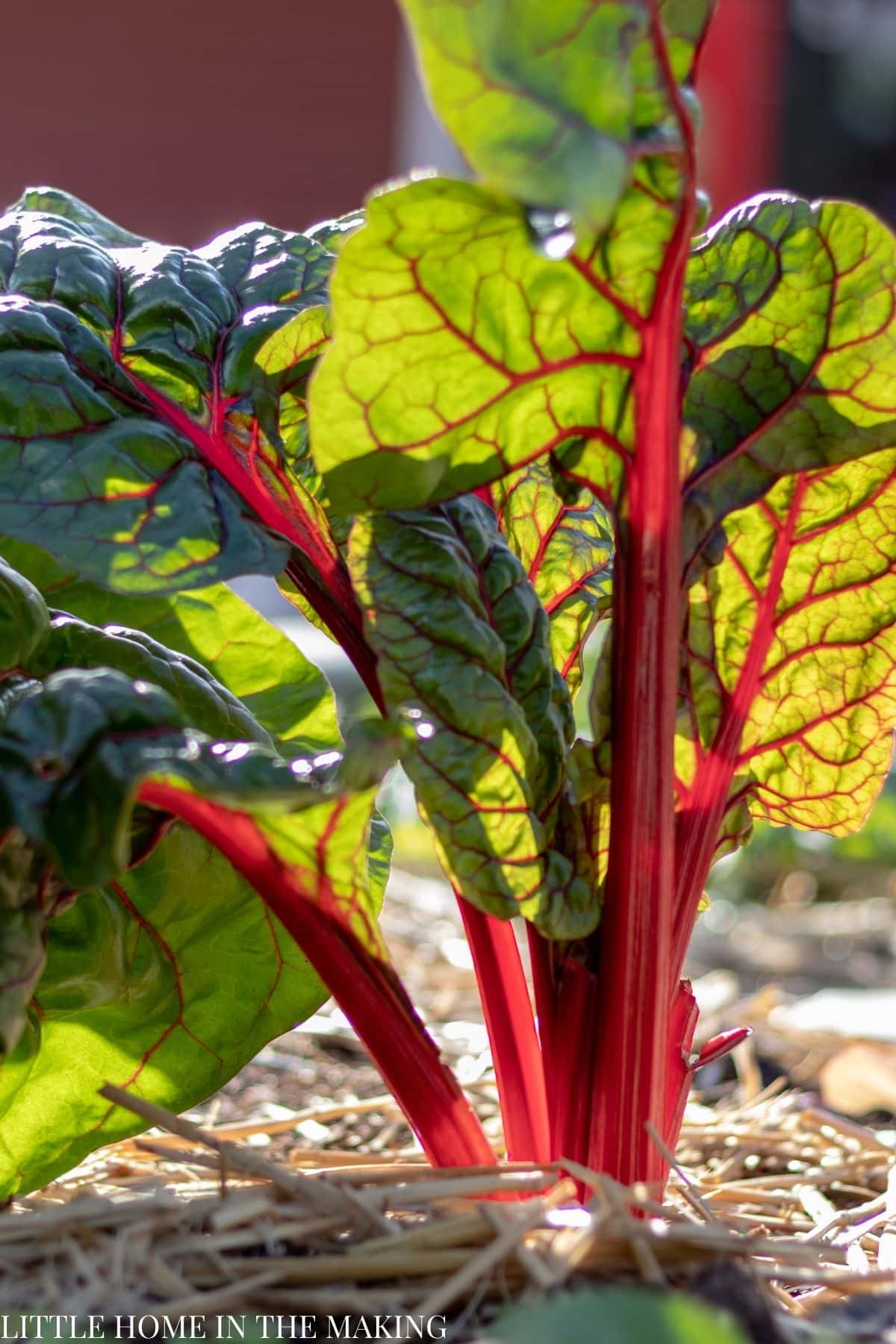
Can Rhubarb Leaves Be Composted?
Yes, absolutely! While rhubarb leaves contain oxalic acid and can sometimes be irritating to the skin, they are safe to compost alongside all of your other garden trimmings and kitchen scraps. Their oxalic acid component actually helps ward off clubroot, flea beetles, red spiders, black fly aphids, greenfly, and black spot, making it an excellent (and possibly protective) addition to the compost heap.
Using Rhubarb Leaves For A Natural Pesticide
Since Rhubarb leaves have a very high concentration of oxalic acid, the use of leaves in a steeped or boiled "tea" makes an effective natural pesticide that works in combatting flea beetles, red spiders, certain kinds of aphids, greenfly, and more! It also protects against clubroot in brassica's (like cabbage, broccoli, and kale) and black spot in roses.
This is how it's done:
- Harvest the stalks of rhubarb, removing the leaves.
- Use the rhubarb stalks as desired, we will only be using the leaves for this project.
- Wearing gloves, chop your leaves into 1-2" pieces.
- Place the leaves in a large 5 gallon bucket, or heat safe bowl (if boiling).
- If making a steeped tea, bruise the leaves with the wooden end of an axe or trowel. Cover the bruised leaves in water and set in a hot spot in the garden for 1-5 days.
- If making a boiled tea, place the leaves in a heat safe bowl and cover with boiling water. Steep for 10-15 minutes.
- Pour the tea through a large strainer, collecting the liquid and discarding the leaves.
- Once the liquid is cooled, place into a spray bottle and use it to treat members of the Brassica family, as well as roses and other garden plants.
To treat brassica family members: Spray with a very fine mist. After the application has dried, you may add 2-3 more treatments until it forms a sort of chalky coating on the leaves. This gives you a great protection, but will need to be reapplied after any significant rainfall.
Before sowing: If you have yet to plant members of the brassica family, water the holes where you will transplant or seed your plants with ample amounts of the rhubarb tea blend.
More About Companion Planting:
Check out my archive of Companion Planting posts, OR the following in print resources that I keep in my home library:


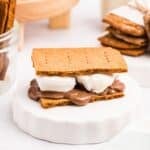


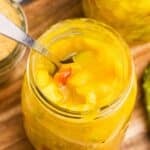
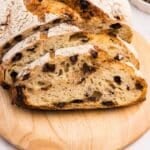


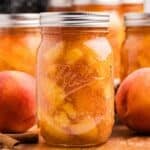
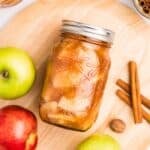
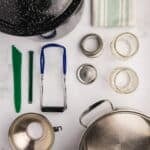
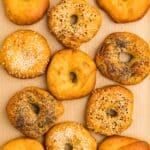
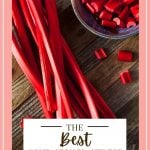



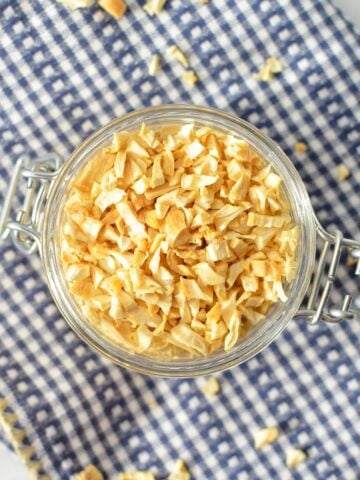

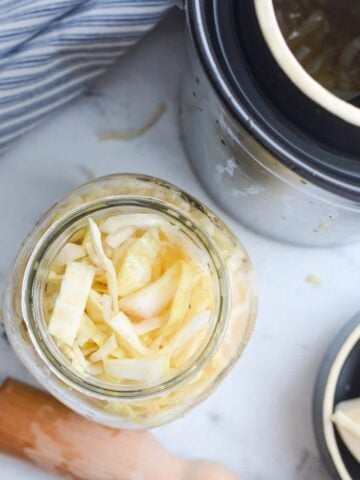
Leave a Reply